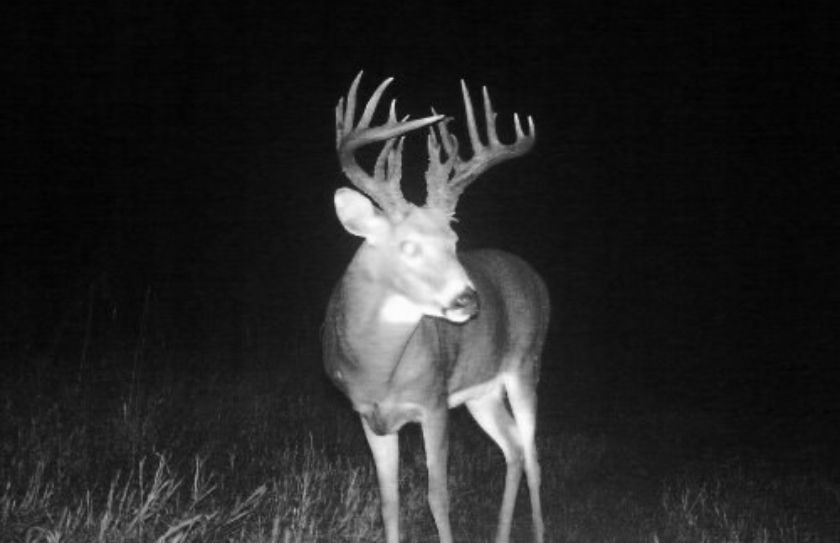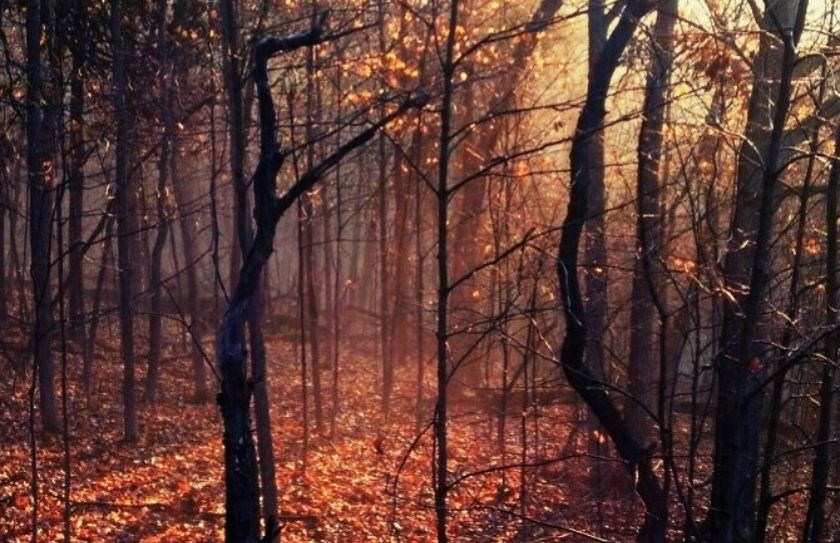How much do you think wind effects deer movements? Should you even bother hunting whitetails in the wind? Are your odds for running into a mature monster better or worse, in the wind? The interesting aspect of whitetails and wind is that just about any scientific study shows that wind has very little to do with how much deer move during windy conditions.
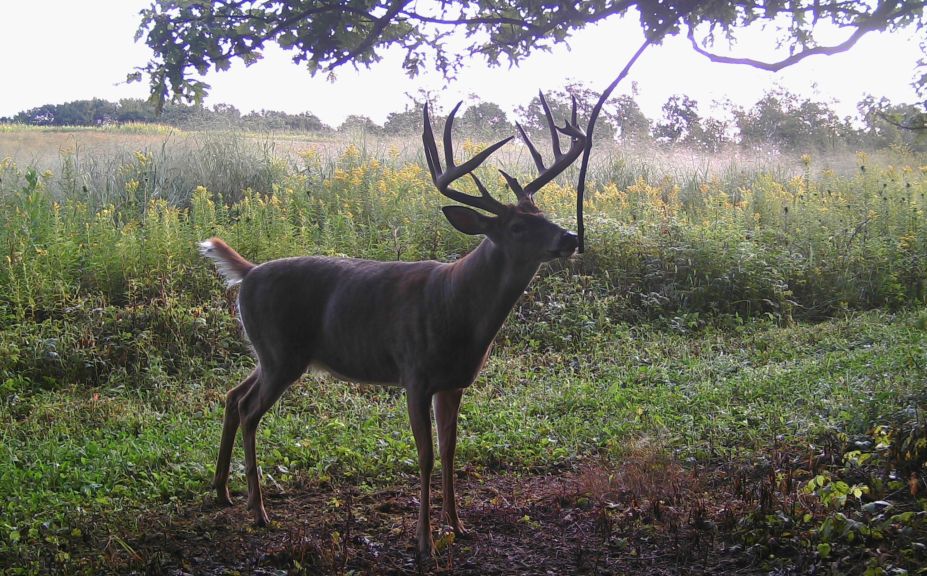
*Make sure to check out my whitetail "Success By Design" book series, to help you find mature bucks this hunting season!
Take the recent study written about in this article, "Winds Surprising Effects On Deer Movement", by Leah Giralico. Leah is an undergraduate in the College of Agricultural Sciences at Penn State, working towards her B.S. degree in Veterinary and Biomedical Sciences. The article contains some great charts and research within her article, and I suggest that you take the time to read it. There is a lot more to read, but Leah had this to say:
"And what did the data tell us? Well, it was pretty surprising! It seems that for both males and females, deer move MORE during a windy day, but theyll move LESS during a windy night!"
Of course there are always cases where monster bucks have been harvested during extremely windy days, but that same process could include cases where Booners have been shot during high heat, heavy rain and during the middle of the day. But what is the norm? Something that you should take the time to do is find a field that hosts a pile of deer during most evenings. Maybe you have already done this through decades of hunting and scouting, but it is worth the effort to observe these areas frequently. What you will consistently find is most likely contrary to the overwhelming amount of data that suggests that deer move the same during windy weather as they do during non windy weather. If you observe evening destination fields during windy weather, you will most likely find very few deer feeding, and sometimes none at all. So which is true; the scientific data or real world observations? The answer: Both!
Wind does effect whitetail movements while not effecting whitetail movements at the same time, and it is important to understand both how and why.
Hunting Whitetails In The Wind
-"The wind is your friend."
That statement is one of my favorite personal pieces of advice that I can give to hunters. Does it mean that monster bucks movements increase when wind speeds are increasing? Absolutely not, but what it does mean is that there are more ways to use the wind to your advantage when you hunt whitetails in the wind, than not. I rarely take a treestand that is exposed to 12-15mph winds or higher. I do not, because decades of experienc have taught me that if my tree is shaking from the wind, I am less likely to have an opportunity on a mature buck. It's that simple.
Although it may sound contradictory, one of my favorite techniques is to hunt during extremely windy weather. To understand why the science of deer movements and hunting observations can be opposite while still being the same, I invite you to take the time to check out several of my other favorite techniques for hunting whitetails in the wind:
1. It's always less windy somewhere
Should you sit in a tree that is swaying in the wind? Most of the time, "No". Should you hunt when trees are swaying? Most of the time, "Yes". My favorite way to hunt during extremely windy conditions is to hunt on the lee side of a ridge system. The Penn State study showed a slight increase in movements during moderate winds, and my hunting experiences match that. But what the data doesn't show is that the increase of deer movements most likely were not adjacent to your favorite treestand on the crest of a ridgeline, or at the edge of an exposed ag field. Instead, in my experience deer move often where the conditions are less windy, in particular if they are extremely windy somewhere else. This experience applies to the lee side of a ridge, a flat conifer swamp, on the even the lee side of a woodlot or expansive native grass field.
I have observed many times that the lee side of any solid section of wind-blocking habitat (hills, thickets, native grass) can contain a concentration of deer that actually move great distances to escape high winds. In that case both scientifica data and hunting observations would reveal the same thing: Deer movements can increase during increases in wind. The trick is to hunt where whitetails move to during windy days, and not necessarily within the exposed area of the wind itself.
2. Wind creates a rollercoaster of whitetail feeding opportunity
The Penn State study revealed that increases in wind during the night led to decreases in deer movements, and that makes complete sense! During the night deer gravitate to open hardwoods and ag fields to pound their favorite quality forage. They leave the security of their daytime bedding areas in a highly defined movement to feed heavily, while often being exposed within limited cover. Although deer don't have to consider hunting pressure during their night time feedings, they do have to consider predation while using their eyes, ears and nose to avoid becoming another statistic. Although a full moon can increase the ability for a deer to avoid predation with increased visibility, wind can decrease their ability because of the loss of hearing. However deer feed 5 times during 24 hour period and if multiple feedings are missed, expect heavy feeding when the conditions improve!
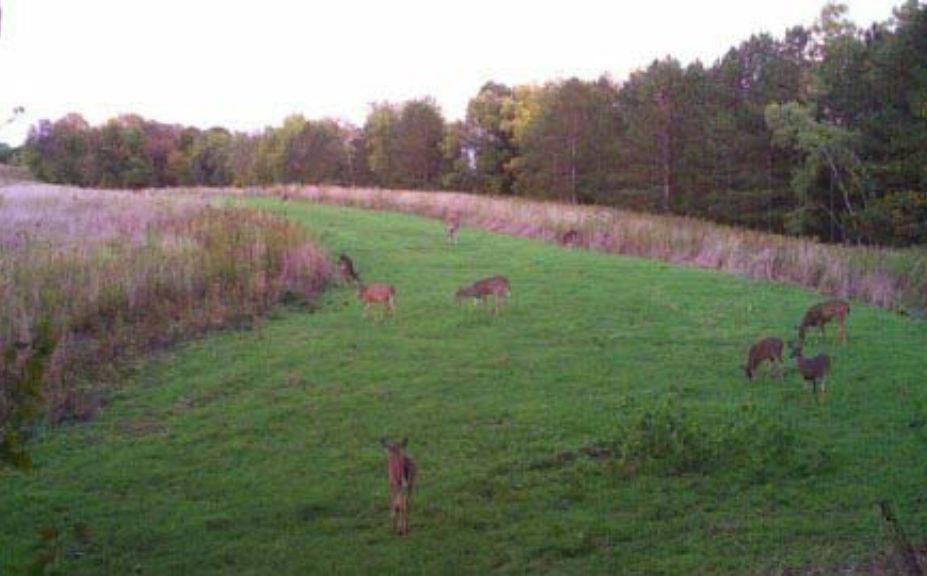
*Although deer are always moving somewhere whether it is windy or not, they are heavily influenced by other weather factors! To make sure that you are hitting the woods during the best days of the year to do so, check out "Cold Front Hunting Strategies".
One of my favorite times to hunt whitetails in the wind is when deer movements have been deminished all night, and if the weather extremities of rain or snow are included; even better! For example, if a major weather event begins on a Thursday afternoon and continues throughout night, you expect feeding activity to improve during the middle of the morning on Friday, in particular if high pressure is moving in. The feeding levels could be particularly heavy if the weather conditions have been extreme for 24 hours or more, regardless of if there is a slight increase when high pressure begins to take over on the backside of the front.
Your sit may begin windy, but end while observing a pile of deer feeding on an oak flat adjacent to a bedding area that they have pinned down within for a very long time. This happened to me in 2010 under similar circumstances. In fact, I didn't even enter the stand until about an hour after daylight because I would have gotten soaked. Although I still got pretty wet and the heavy winds barely decreased, the rain eventually ended, patches of blue sky creeped in and I had an incredible encounter with a 5 to 6 year old giant about 12:15.
3. Hunting whitetails with a little wind can make things a lot easier for you.
The Penn State study revealed that deer movements decreased during calm conditions. The study was completed during October, which also includes a portion of the pre rut period. How many times have you witnessed a mature buck cruising on the downwind of edge of heavy cover? I have often, and it is where I have harvested the majority of my oldest bucks. I believe that mature bucks prefer moderate winds to cruise within so that they can efficiently scent over 100 yards upwind at a time. No wind, no downwind cruising opportunity. The one exception to this is within hill country, where mature bucks can scent check without wind, by catching the rising thermals within the upper elevations of the land while daytime temperatures increasing. This also takes place during the last hour of the day on a much smaller scale, while the evening temperatures begin to decrease.
Why are thermals less likely to assist you within your hunting efforts during the evening? Because the rise and fall of thermals take place when temperatures change. Although temperatures may increase well into the afternoon hours before reaching their daytime high, they seldomly begin decreasing signifantly until close to sunset.
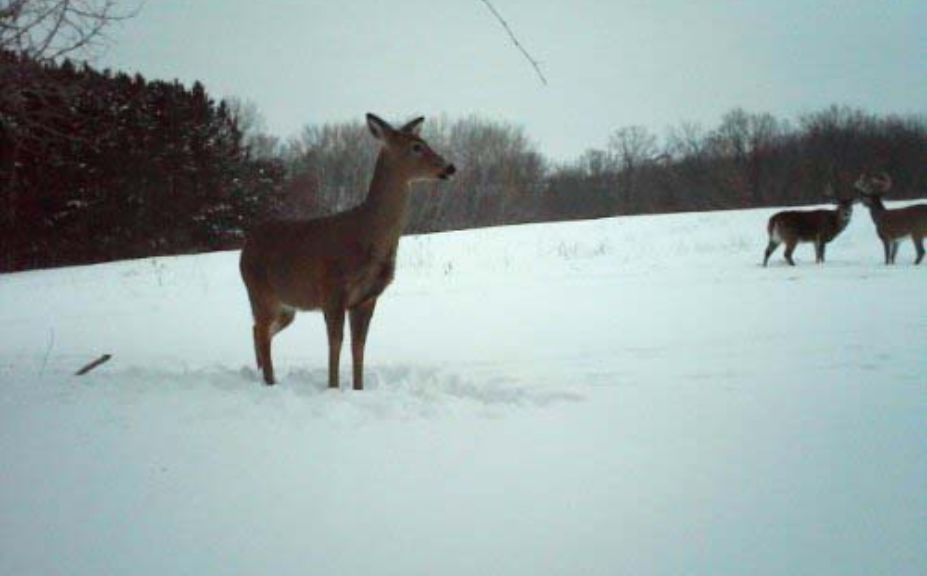
* A little wind is good; the Penn State reveals that, and so do hunting observations. When you take a stand to hunt whitetails in the wind, you will find that a moderately steady wind will blow your scent consistently in a pre-determined direction and you can more effectively connect with mature bucks that may be cruising the downwind edge of heavy bedding cover. Hunting whitetails in the wind while they cruise through broken terrain can offer you many advantages, so make sure to check out "Hill Country Whitetails".
Conclusion
Something that should be noted about the Penn State study is that the winds during the particular month of October in the study, never exceeded 12 mph. In my experience noticeable differences in deer movement rarely take place before winds reach 12-15mph and greater. The study is interesting and revealing as it relates to lite and moderate winds, but incomplete as it relates to high or even extreme winds. I am sure that there will need to be a lot more data collected to offer any kind of definitive conclusion.
It should come as no suprise that science proves that deer move roughly the same during lite to moderate winds, but does that mean that you should climb into your favorite, open and exposed deer stand during your next extreme wind hunt? Probably not. Instead, I suggest hunting the lee side of a downwind thicket where wind-suppressed whitetails may have concentrated for increased feeding or cruising opportunities.

